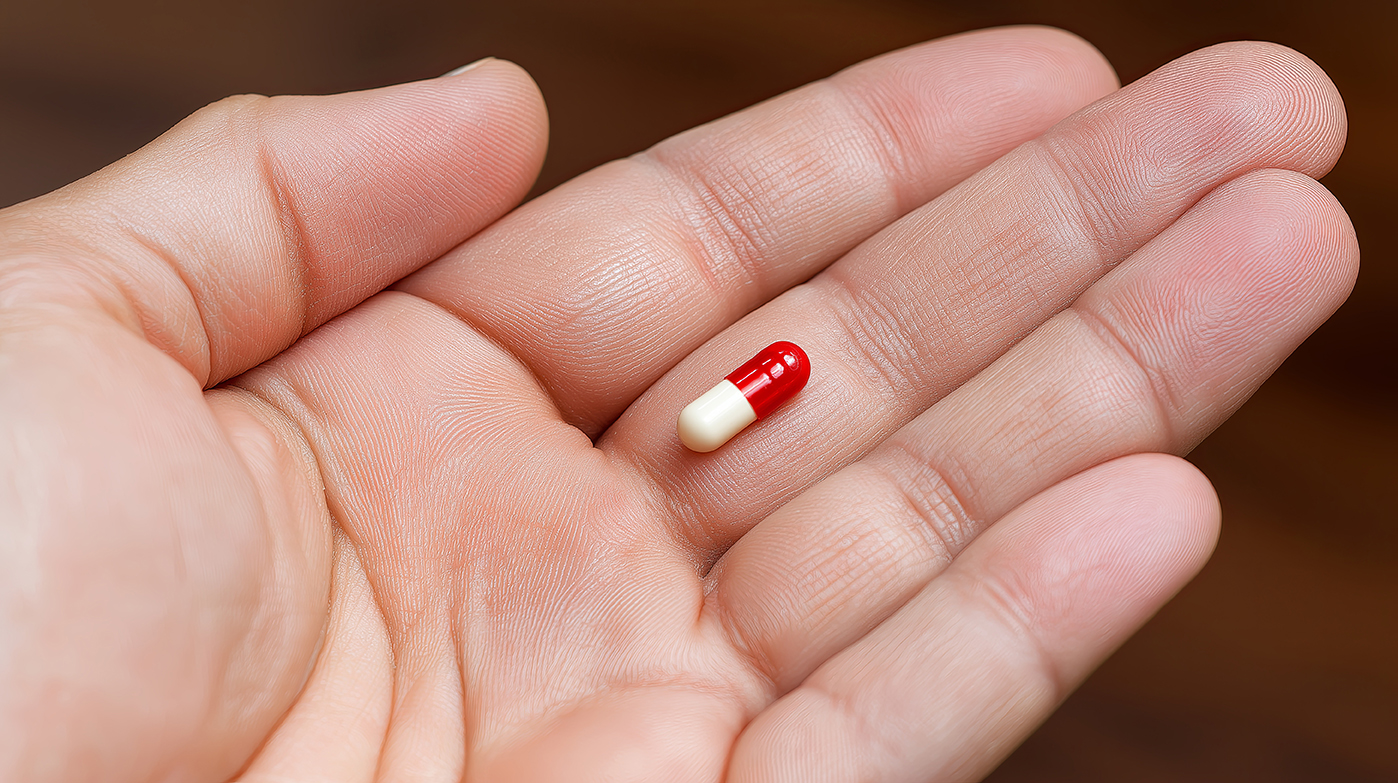Some women are prescribed pregablin for perimenopause or menopause symptoms, but it's important to realise the risks and alternative options
Pregabalin is a type of medicine known as an anticonvulsant – it is used to treat epilepsy, anxiety, and nerve pain. Although pregablin is not licensed in many countries including the UK, US and Australia to treat hot flushes, it can sometimes be prescribed.
It is a prescription medicine and comes as capsule, tablets or a liquid you swallow. Brand names of pregabalin include Alzain, Axalid and Lyrica.
How does pregablin work?
Your body temperature is controlled by an area of your brain called the hypothalamus and when your hormone levels start to fluctuate and then fall, it can cause disruption in this area, which leads to hot flushes and night sweats It’s not known exactly how pregablin alleviates hot flushes but it’s thought it affects the thermoregulatory centres in the hypothalamus.
There is limited data regarding the use of pregabalin for hot flushes but one trial found hot flushes decreased by up to 71% (compared with 50% for placebo) after a six-week period [1].
No studies have compared the effectiveness of pregablin with HRT or other non-hormonal drugs such as antidepressants, clonidine, or gabapentin [2].
What are the side effects of pregablin?
The most common side effects of pregablin are drowsiness, dizziness, fatigue, weight gain and dry mouth. Pregablin has a calming effect, which means some people can become addicted to it or find it hard to stop taking – it is a controlled drug and is associated with abuse.
Studies have found that pregablin is associated with an increased risk of suicidal thoughts and behaviour [3, 4]. Studies have found that pregablin is associated with an increased risk of suicidal thoughts and behaviour [3,4]. A recent study of the 20 medications most commonly associated with suicidal ideation and self injurious behaviour included anti-epileptics (gabapentin and pregabalin) - it found that these had the most reported adverse events in the 51-55 year age group [5].
If you decide to come off pregablin, you’ll need to reduce your dose gradually to avoid withdrawal symptoms such anxiety, irritability, nausea and difficulty sleeping.
Talk to your healthcare clinician about any side effects you are experiencing.
Who can take pregablin?
Pregablin may not be suitable if you’ve previously been addicted to a medicine, or if you’ve ever abused or been dependent on alcohol or illegal drugs as you may have a greater risk of becoming dependent on pregabalin.
Pregablin may not be suitable if you are on a controlled sodium or potassium diet or if your kidneys don’t work well.
You may not be able to take it if you are older than 65 or if you have any problems that affect your breathing.
What’s the bottom line?
The most effective evidence-based treatment for perimenopausal and menopausal symptoms, including vasomotor symptoms, is HRT, because it targets the underlying cause. Also, HRT is bone, heart and neuro-protective, and reduces all-cause mortality by 30% [6].
It’s worth remembering that perimenopause can last up to 10 years and that, unlike HRT, pregablin will not treat the myriad of potential symptoms you may experience. Unlike HRT, it will not help improve your future health or lower your risk of future diseases.














